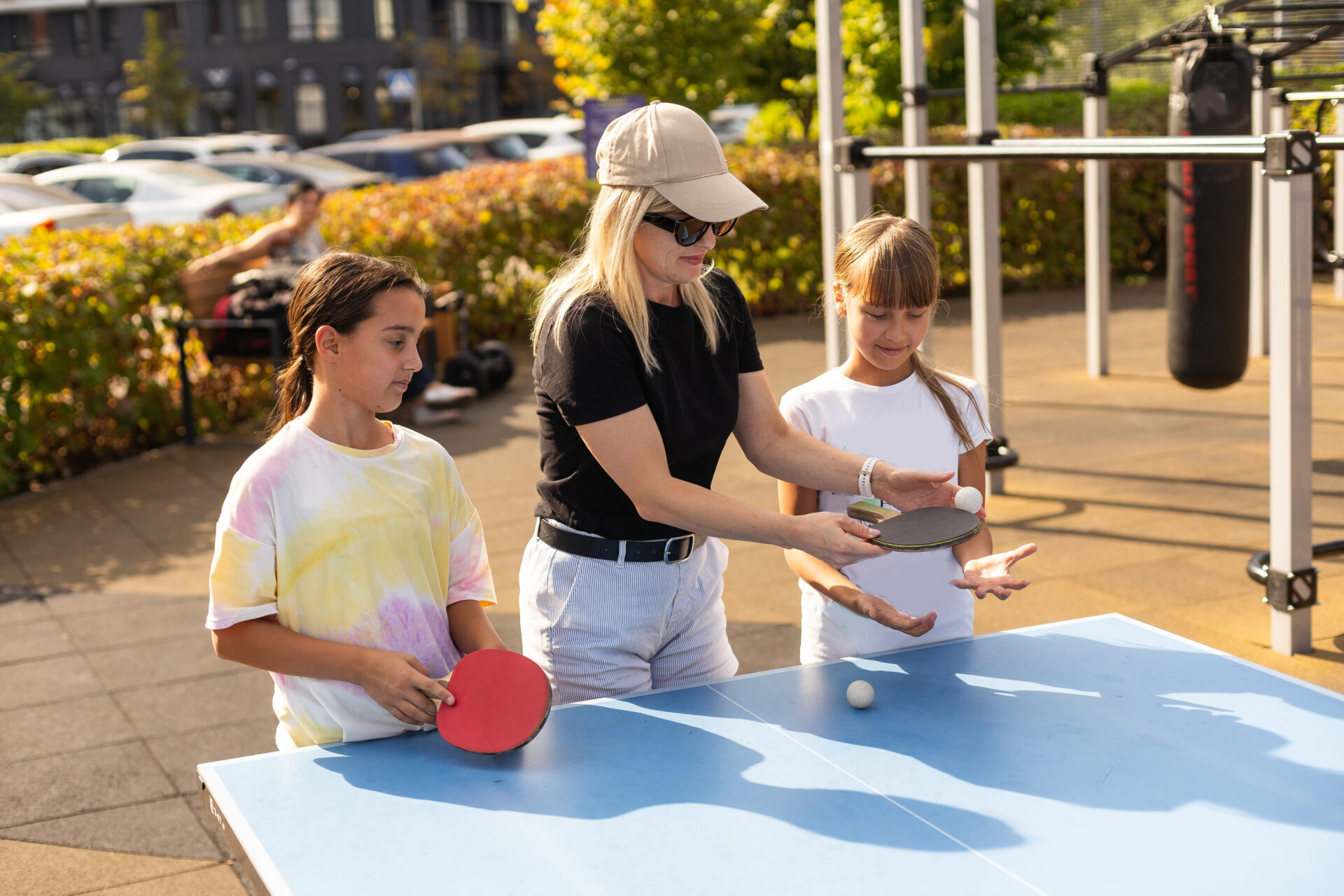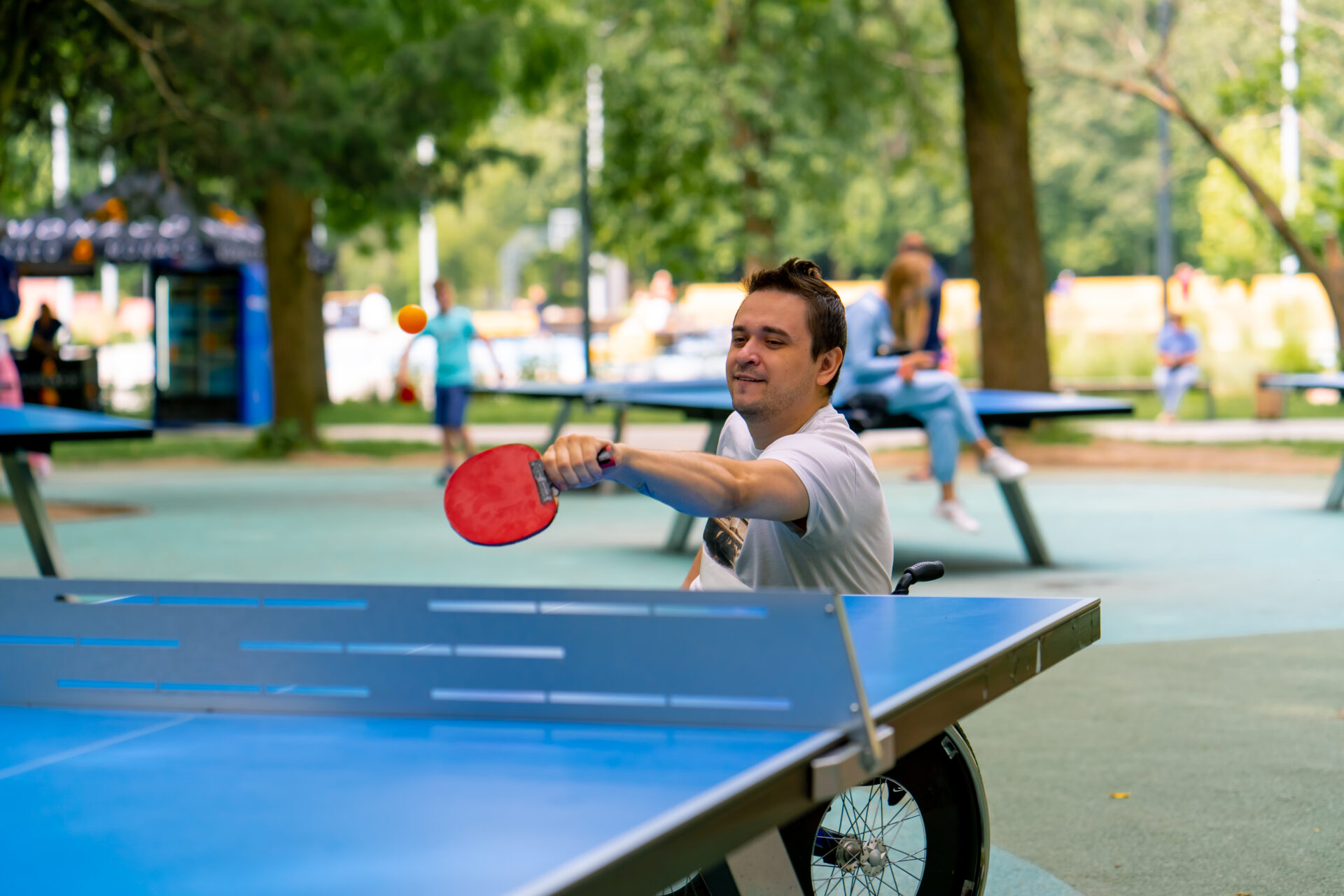Table tennis: history, rules and anecdotes
Why take an interest in table tennis?
Because table tennis is an ultra-fast sport that combines precision, reflexes and strategy! Accessible to all, it can be played anywhere: at a club, in the park or at home. All you need is a table, two rackets and a ball to have fun or challenge yourself. This spectacular sport appeals to amateurs and competitors alike, with exchanges that are as intense as they are fun.
👉 In this article:
- A dive into the history of table tennis
- Some surprising fun facts
- And above all, a quick and clear reminder of the rules to help you understand this sport… or even learn it!
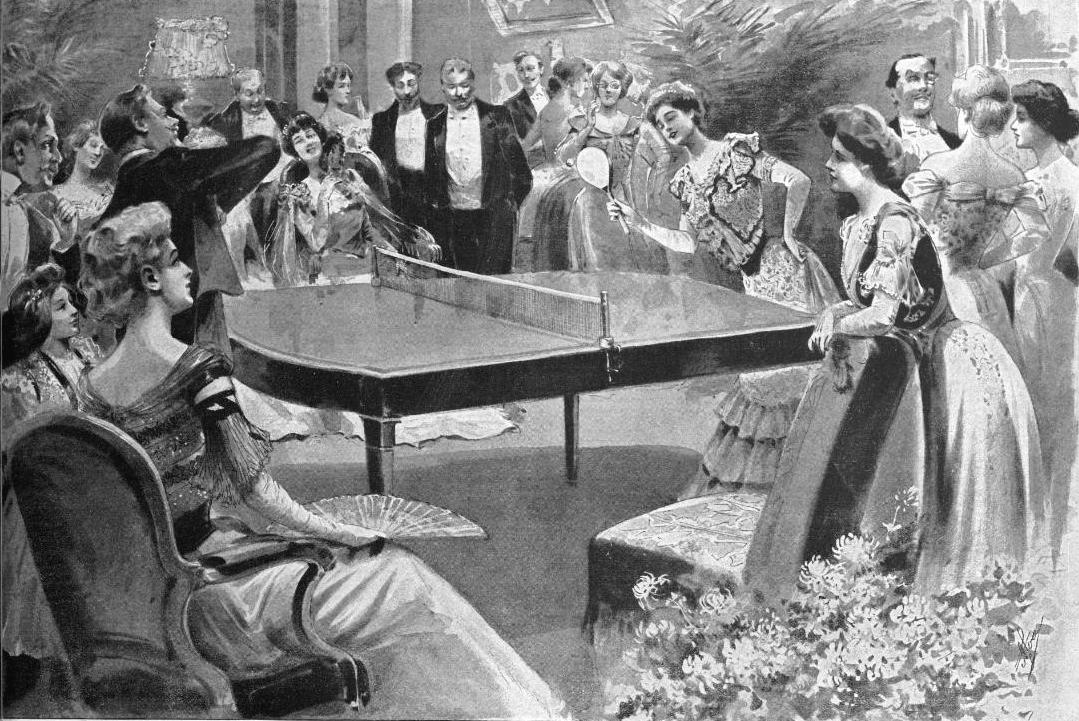
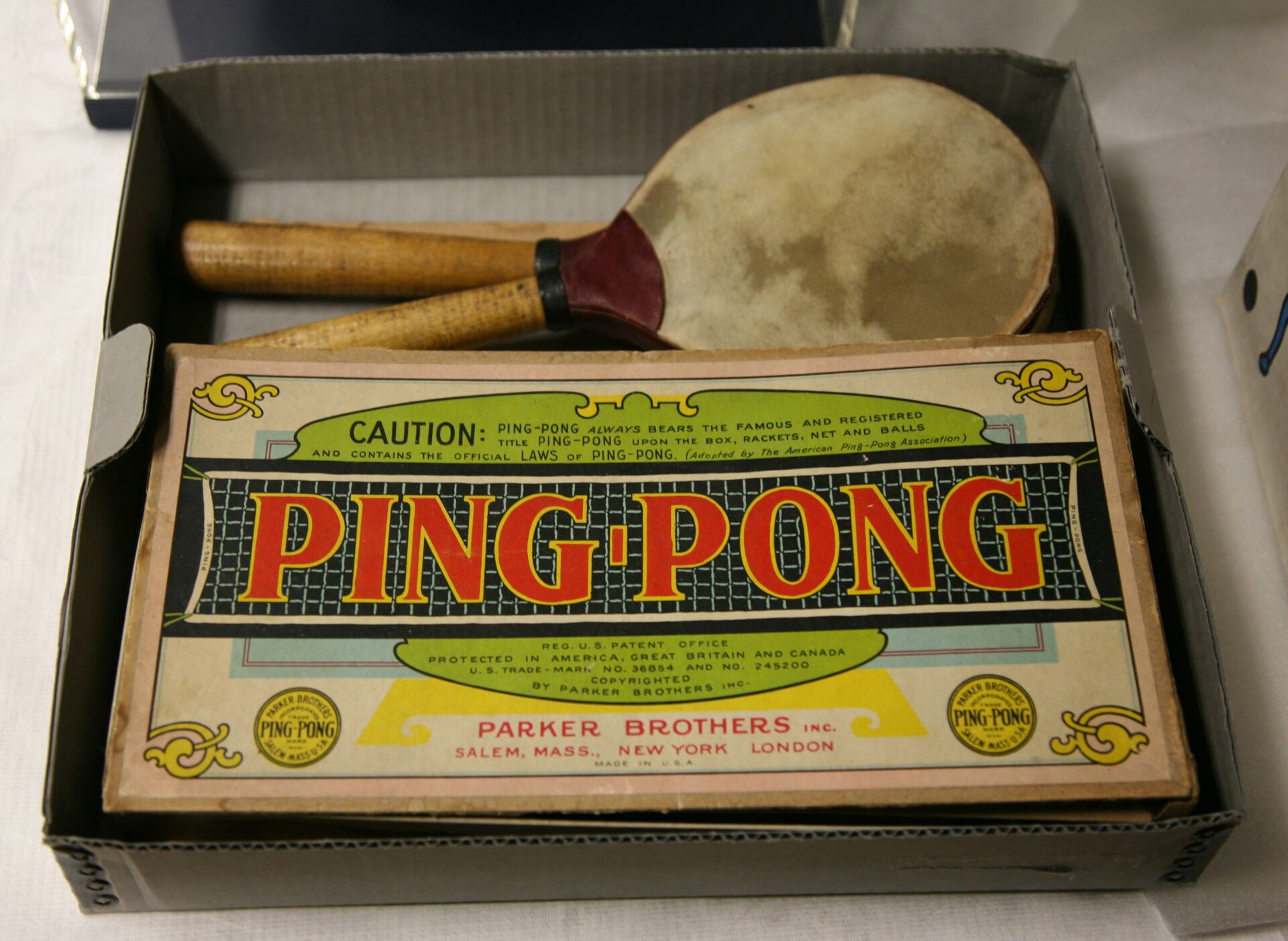
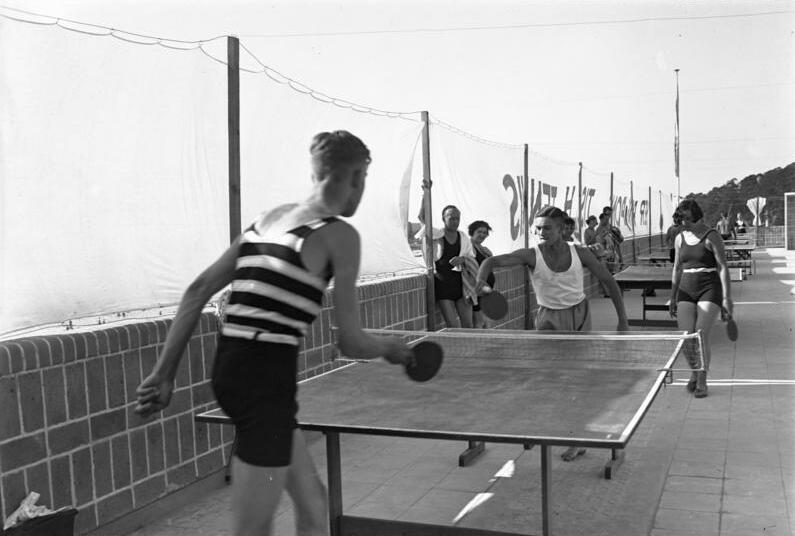
The history of table tennis
Table tennis originated in England at the end of the 19th century. The story goes that one evening, at a dinner party, a group of English notables wanted to imitate a tennis match… on the dining table! They improvised with whatever was at hand: a champagne cork for a ball, cigar boxes for rackets and books for nets.
This parlour game quickly became so popular that it gave manufacturers ideas.
Complete game kits went on sale, and a name became famous: “Ping-Pong”. This name, inspired by the sound of the ball on the table and rackets, was adopted by a British company founded by the Parker brothers, who registered the trademark and marketed their own equipment.
At the beginning of the 20th century, table tennis began to take shape. The first competitions appeared in Hungary in 1897, then in the UK in 1902.
Equipment evolved rapidly: celluloid balls replaced heavier, less practical rubber balls. Racquets were covered with rubber spikes, giving players better ball control. Today, plastic balls have replaced celluloid in competitions, for safety and environmental reasons.
Table tennis became very popular in Europe at the beginning of the 20th century, especially in Germany and England. After the First World War, the sport took off again and spread to other continents.
China, where the sport was introduced by European concessions in the early 20th century, became the leading table tennis nation over the decades. From the 1950s onwards, its players dominated the world stage, winning back-to-back titles at world championships and the Olympic Games.
In 1988, table tennis was included in the Olympic program, confirming its status as a world sport. Even today, it continues to seduce with its speed, precision and spectacular exchanges. A new generation of talent, like the Lebrun brothers, embodies the blend of tradition and modernity that makes this sport so rich.
Table tennis has been played in Canada since the beginning of the XXᵉ century, initially carried by leisure clubs and sports associations in large cities. The discipline gained in popularity after the Second World War, with the creation of numerous clubs in Quebec, Ontario and British Columbia. In 1929, the Canadian Table Tennis Federation was created to structure the sport on a national level. Today, Canada boasts hundreds of clubs and associations in every province and territory. Local, provincial and national tournaments punctuate the season, offering players of all ages the opportunity to progress in an organized setting.
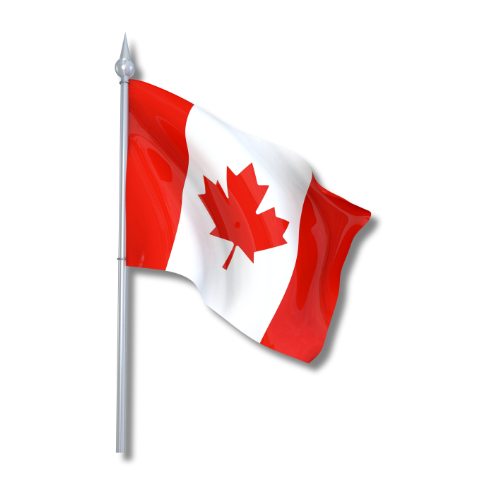
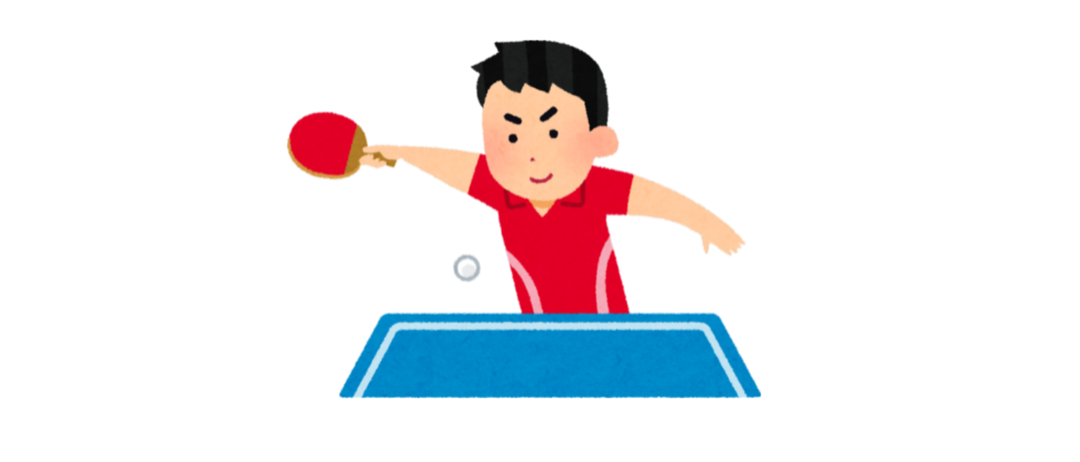
4 fun facts about table tennis

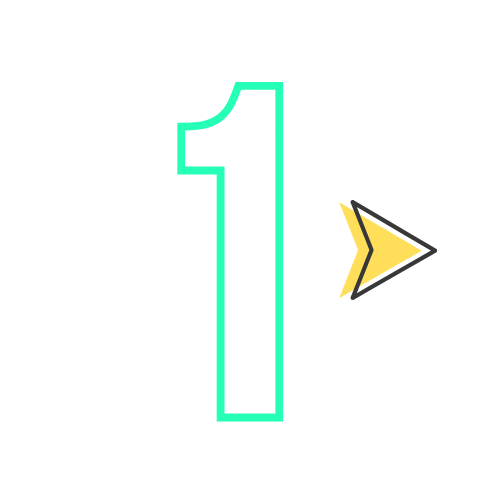
Since 1988, China has won more than 80% of table tennis gold medals at the Olympic Games, a record that illustrates its undisputed domination of the discipline.
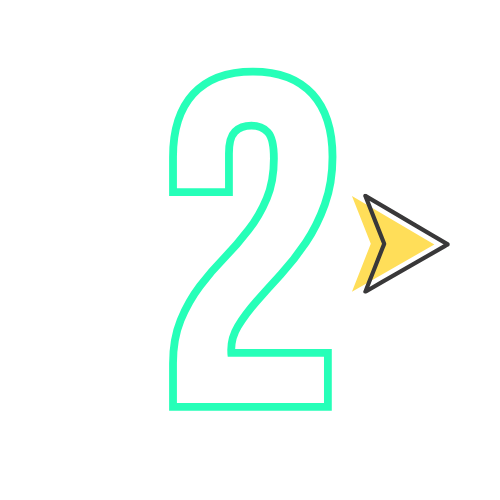
The record speed of a table tennis ball was measured at 116 km/h, achieved in 2016 by Poland’s Lukasz Budner during an official world record attempt.
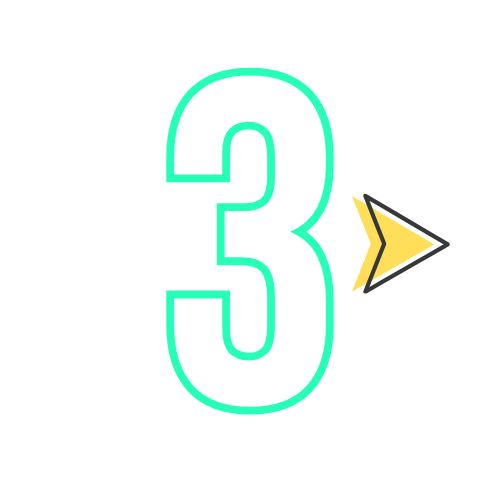
In 2024, Youtubeur Paul GZ achieved a 14-hour table tennis exchange, a personal feat reported in the press, although not homologated as an official world record.
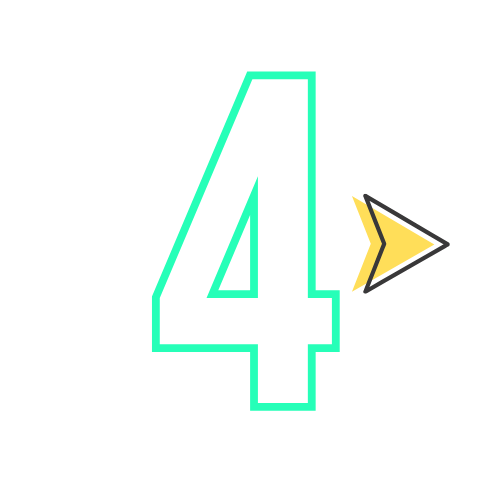
Les balles en celluloïd, utilisées pendant plus d’un siècle, ont été remplacées par des balles en plastique à partir de 2014, car le celluloïd, hautement inflammable, posait des problèmes de sécurité pour la production et le transport.
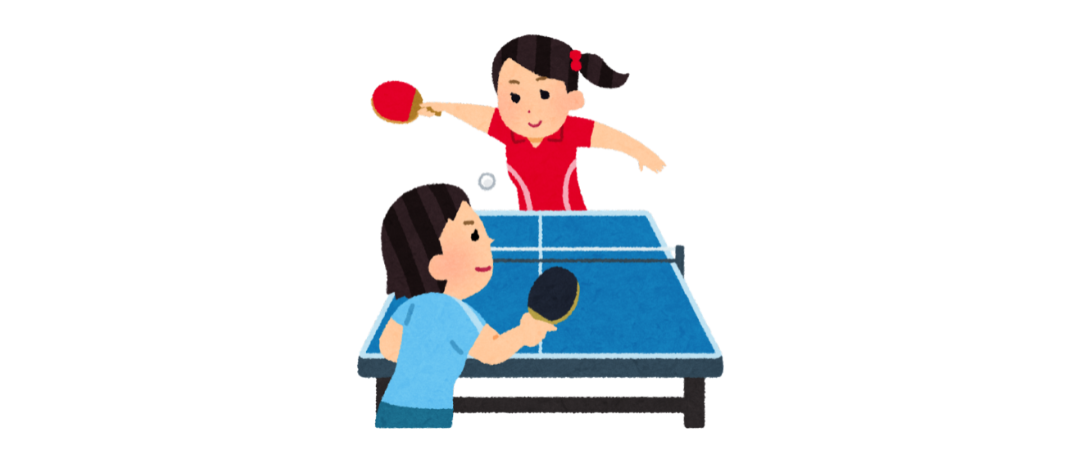
The main rules of table tennis
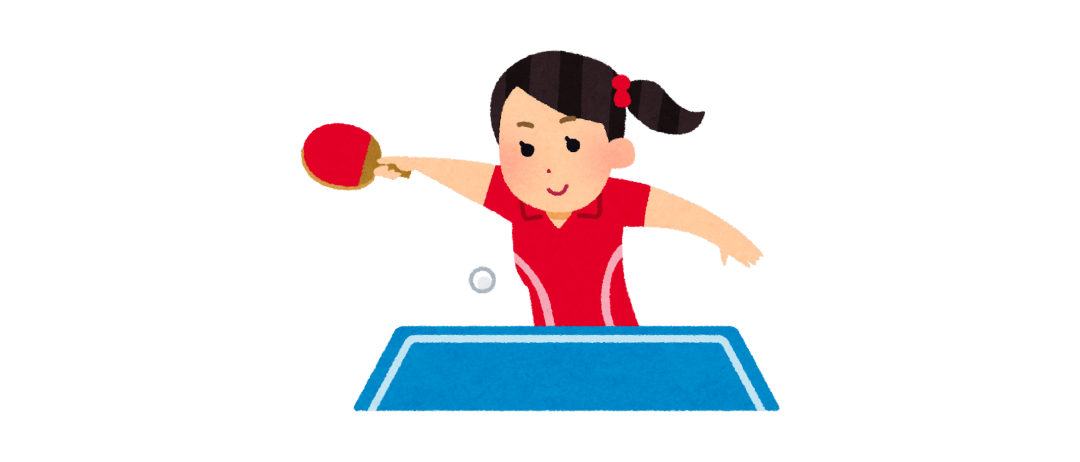
GOAL OF THE GAME
Table tennis is a sport in which two players (or two teams of two in doubles) compete on either side of a table.
The object? To score points by sending the ball onto the opponent’s half-table without him being able to return it correctly. The ball must first bounce into your own court when serving, then into your opponent’s court.
Each rally won earns a point, and the first player to reach the set point total (often 11) wins the set. In general, a match is played in 3 or 4 winning sets.
LAND AND EQUIPMENT
Table tennis is played on a rectangular table 2.74 meters long and 1.525 meters wide, divided in two by a 15.25-centimeter-high net.
Each player or team has its own racket, covered with rubber for better ball control and spin.
The official ball is made of plastic, measures 40 mm in diameter and weighs 2.7 grams: very light, but capable of travelling at over 100 km/h!
The player’s equipment is simple: comfortable sportswear and shoes suitable for fast movement.
MAIN RULES
Each point begins with a serve: the player must throw the ball vertically, without spin, and hit it so that it bounces once into his own court, then into the opponent’s court. The cross serve is compulsory in doubles table tennis, but not in singles.
The players then exchange by hitting the ball in turn before it bounces twice or goes off the table.
If the ball hits the net on the serve, but ends up in the opponent’s court, we start again (this is called a “let”). The server is changed every two points.
Fouls (such as missing the ball, touching the ball twice or letting it bounce twice) give the point to the opponent.
In doubles, players take turns hitting the ball, alternating within each team.
Come and play sports with us!
🎉 Focus on BougeBouge events 🎉
📅 On the programme: sport for all !
- BOUGEBOUGE BEACONSFIELD 2025 (13 /07/2025 ) : 1, 2 or 5 km turf course in Centennial Park, on the marina’s waterfront – a fun way to get moving with family and friends.
- MARATHON BOUGEBOUGE ET FESTIVAL DE VERDUN 2025 (14/09/2025): come and enjoy the mild September temperatures on a Boston-qualifying, Gold-certified course, with distances for all, from 1 km to 42.2 km.
- BOUGEBOUGE WAKEFIELD COURSE DU PONT COUVERT 2025 (12/10/2025):Discover the covered bridge and Gatineau Park during a friendly event with courses of 3, 5, 10 or 21.1 km, perfect for getting active with family and friends.
- BOUGEBOUGE KIRKLAND 2025 (19/10/2025) : Participate in BougeBouge Kirkland this fall and take up the 1 to 21.1 km challenge in a friendly and colourful atmosphere, solo, with family or friends.
Whether you’re an avid runner, an outdoor enthusiast or simply looking for a festive occasion, the upcoming BougeBouge events will provide you with a unique sporting experience in every corner of Quebec. So get set, get ready, get moving!🏃♀️🎉
Réserve ta place dès maintenant !
And to make sure you don’t miss a thing, you can follow us on our social networks!



